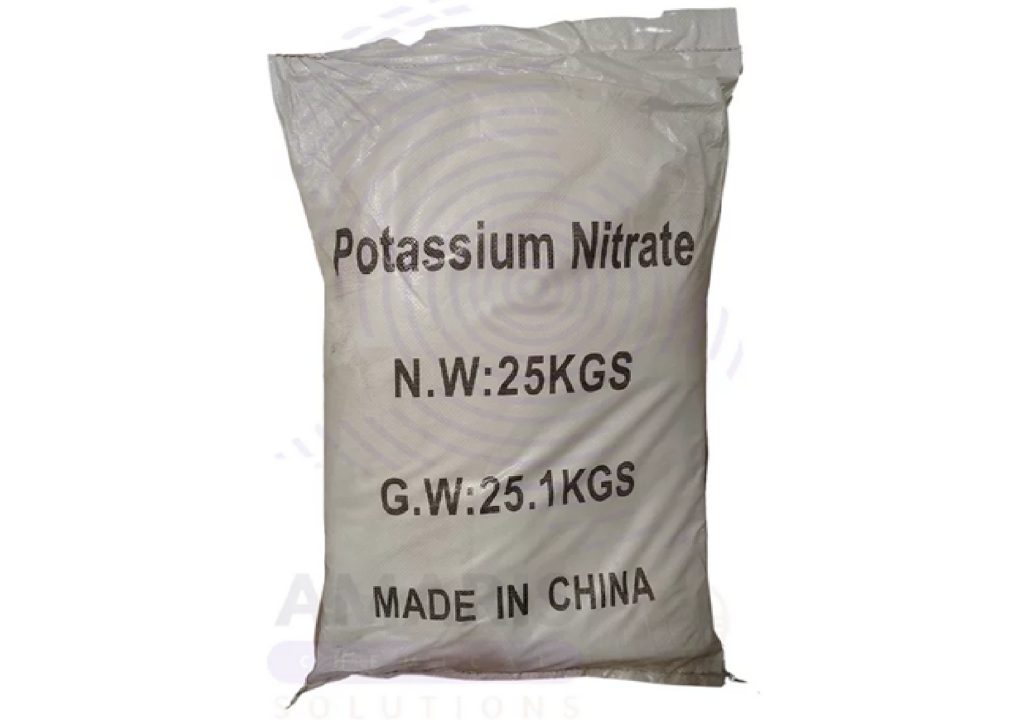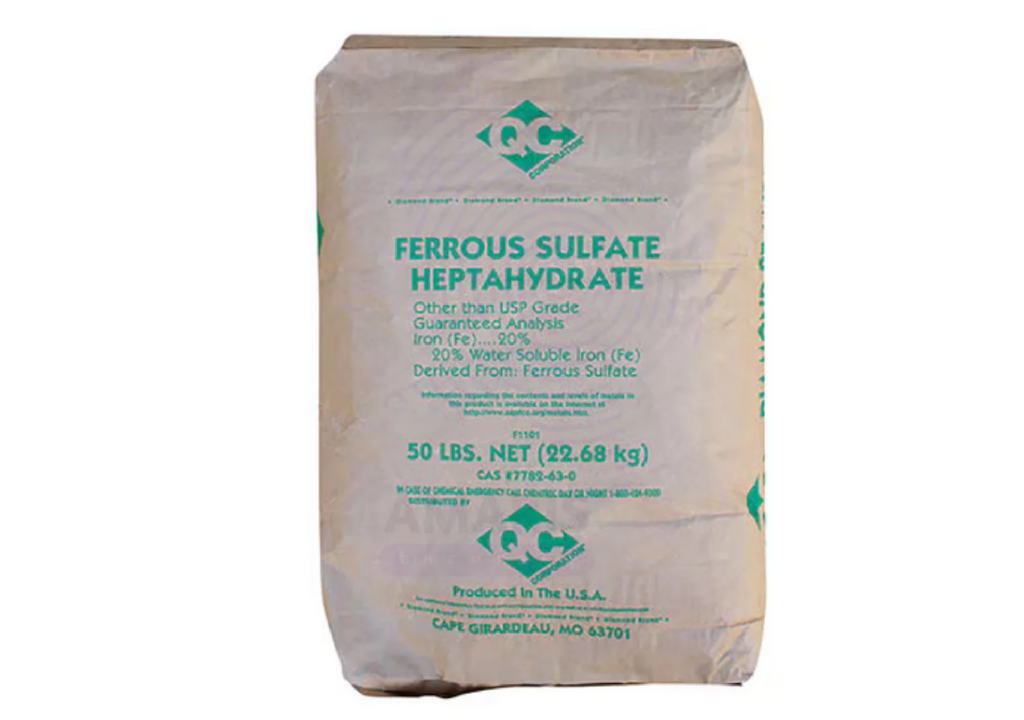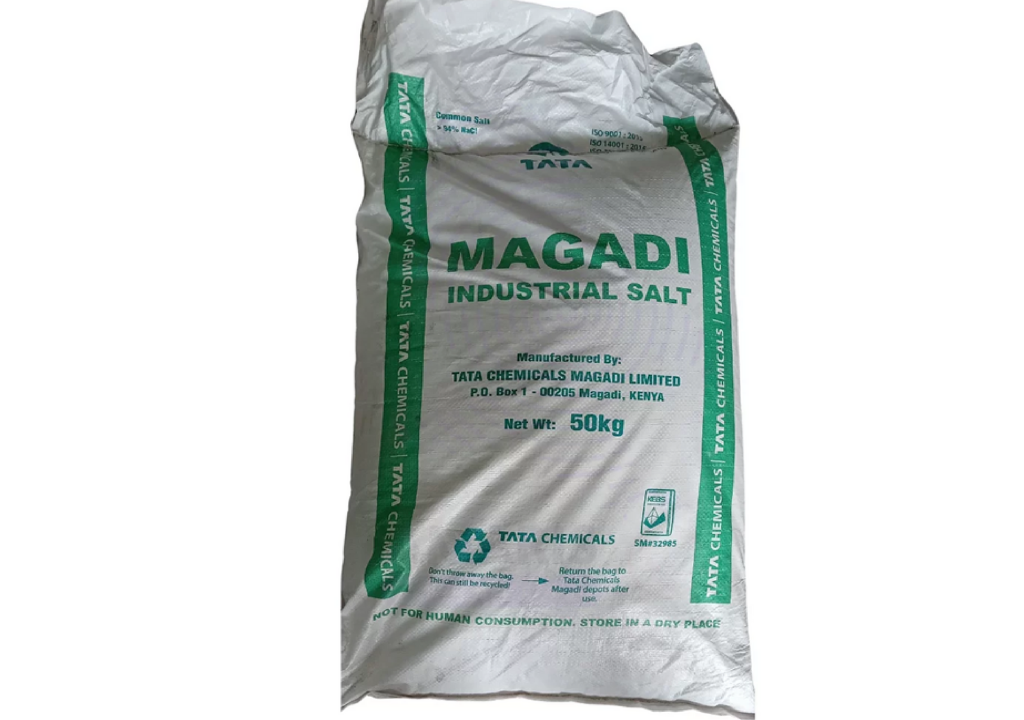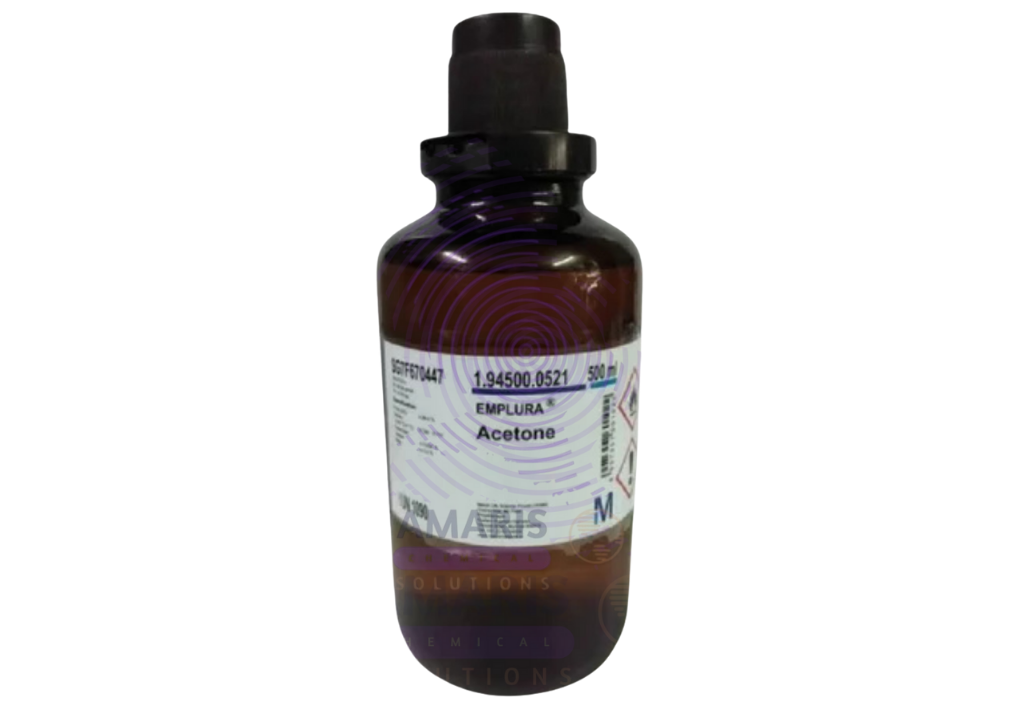🧪 Ammonium Chloride: The Unsung Hero of Industry, Laboratories, and Daily Chemistry
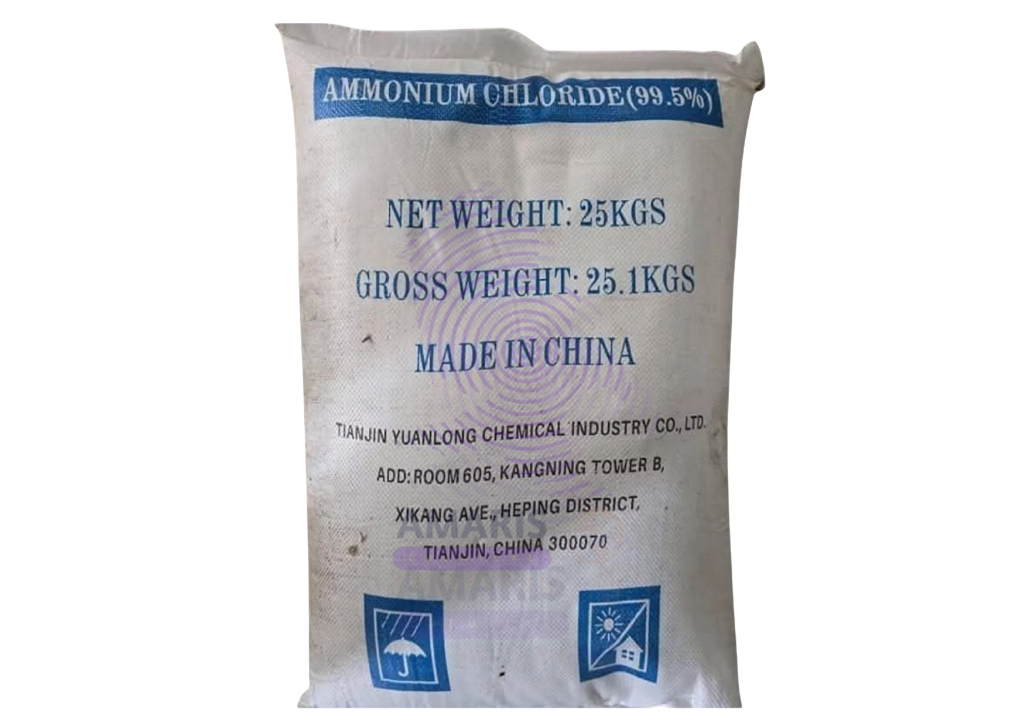
When we think of essential industrial chemicals, Ammonium Chloride often sits quietly in the background — yet it’s everywhere! From fertilizers to batteries, from pharmaceuticals to laboratories, this versatile compound has earned its place as a multi-functional powerhouse in both industrial and scientific applications. 🌍
⚙️ Chemical Overview
- Chemical Name: Ammonium Chloride
- Molecular Formula: NH₄Cl
- Molecular Weight: 53.49 g/mol
- Appearance: White crystalline powder or granules
- Solubility: Highly soluble in water
- Odor: Odorless
- pH (aqueous solution): Slightly acidic
Ammonium Chloride is formed as a byproduct in several chemical processes, particularly the Solvay process, which produces sodium carbonate. Its simple structure hides a surprising amount of functionality that touches agriculture, medicine, metallurgy, and everyday chemistry.
🌱 1. Agricultural Applications: Boosting Plant Health
In agriculture, Ammonium Chloride plays a key role as a nitrogen-based fertilizer, especially for rice and wheat cultivation.
- Supplies readily available nitrogen to plants.
- Encourages leafy growth and protein synthesis.
- Especially effective in chloride-deficient soils.
- Balances soil nutrients when used with other fertilizers.
Farmers appreciate it for its quick nutrient release, making it ideal for short-season crops. 🌾
⚗️ 2. Laboratory and Educational Uses
In laboratories, Ammonium Chloride is a staple reagent for chemical experiments, teaching, and industrial research.
- Used in buffer solutions to maintain pH stability.
- Involved in preparing ammonium-based salts.
- Serves as a component in analytical reagents.
- Demonstrates sublimation during heating experiments — making it a fun and visual educational chemical! 🧑🔬
Its ability to decompose easily into ammonia and hydrogen chloride gases when heated makes it ideal for demonstrating reversible reactions in chemistry lessons.
⚙️ 3. Industrial and Manufacturing Applications
Ammonium Chloride plays a vital role in several industries, acting as more than just a basic salt.
- In metalworking, it’s a component of fluxes used for cleaning metal surfaces before galvanizing or soldering.
- In batteries, it serves as the electrolyte in dry cell batteries (like early zinc-carbon cells).
- In textiles, it’s used during dyeing and printing to improve fabric dye absorption.
- In leather processing, it aids in deliming hides and adjusting pH during tanning.
Every one of these uses demonstrates its adaptability — a simple compound doing complex jobs efficiently. ⚙️
💊 4. Medical and Pharmaceutical Uses
In medicine, Ammonium Chloride acts as an expectorant and systemic acidifier.
- Commonly found in cough syrups, helping loosen phlegm.
- Used in acid-base balance therapies.
- Serves as an acidifying agent in certain pharmaceutical formulations.
Though its medicinal use is limited to controlled doses, it highlights the compound’s ability to cross from industry into healthcare — safely and effectively. 💊
🧫 5. Environmental and Miscellaneous Roles
Ammonium Chloride is also used in:
- Fire extinguishers for specialized applications.
- Ceramics and glass manufacturing, enhancing texture and strength.
- Textile finishing, for improved coloration and print durability.
- Food processing, in small amounts as a food additive (E510) — regulating acidity and acting as a yeast nutrient in bread-making. 🍞
Its versatility proves that even the simplest chemicals have unlimited potential when applied creatively.
⚠️ 6. Safety and Handling
Though generally safe for industrial use, Ammonium Chloride must be handled with care.
Safety Tips:
- Avoid inhaling dust or vapors.
- Wear protective gloves and goggles during handling.
- Store in a cool, dry, well-ventilated area.
- Keep away from strong bases and oxidizing agents.
When used responsibly, it’s a low-hazard, high-performance chemical that delivers consistent results across industries.
🌍 7. Supporting Industries with Reliable Quality
At Amaris Chemical Solutions, we understand that chemicals like Ammonium Chloride are the backbone of multiple sectors — from laboratories to large-scale manufacturing.
We supply high-purity Ammonium Chloride that meets industrial, food, and laboratory standards, ensuring performance, safety, and reliability in every application.
Whether you’re formulating a cleaning solution, developing fertilizers, or conducting research, Ammonium Chloride remains your trusted chemical partner — simple, powerful, and indispensable. 💧


 Preservatives(food)
Preservatives(food) Flavor Enhancers
Flavor Enhancers Acidulants
Acidulants Sweeteners
Sweeteners Antioxidants
Antioxidants Colorants(food)
Colorants(food) Nutraceutical Ingredients (food)
Nutraceutical Ingredients (food) Nutrient Supplements
Nutrient Supplements Emulsifiers
Emulsifiers
 Collectors
Collectors Dust Suppressants
Dust Suppressants Explosives and Blasting Agents
Explosives and Blasting Agents Flocculants and Coagulants
Flocculants and Coagulants Frothers
Frothers Leaching Agents
Leaching Agents pH Modifiers
pH Modifiers Precious Metal Extraction Agents
Precious Metal Extraction Agents
 Antioxidants(plastic)
Antioxidants(plastic) Colorants (Pigments, Dyes)
Colorants (Pigments, Dyes) Fillers and Reinforcements
Fillers and Reinforcements Flame Retardants
Flame Retardants Monomers
Monomers Plasticizers
Plasticizers Polymerization Initiators
Polymerization Initiators Stabilizers (UV, Heat)
Stabilizers (UV, Heat)
 Antifoaming Agents
Antifoaming Agents Chelating Agents
Chelating Agents Coagulants and Flocculants
Coagulants and Flocculants Corrosion Inhibitors
Corrosion Inhibitors Disinfectants and Biocides
Disinfectants and Biocides Oxidizing Agents
Oxidizing Agents pH Adjusters
pH Adjusters Scale Inhibitors( water)
Scale Inhibitors( water)
 Antioxidants(cosmetic)
Antioxidants(cosmetic) Emollients
Emollients Fragrances and Essential Oils
Fragrances and Essential Oils Humectants
Humectants Preservatives
Preservatives Surfactants(cosmetic)
Surfactants(cosmetic) Thickeners
Thickeners UV Filters
UV Filters
 Fertilizers
Fertilizers Soil Conditioners
Soil Conditioners Plant Growth Regulators
Plant Growth Regulators Animal Feed Additives
Animal Feed Additives Biostimulants
Biostimulants Pesticides (Herbicides, Insecticides, Fungicides)
Pesticides (Herbicides, Insecticides, Fungicides)
 Active Pharmaceutical Ingredients (APIs)
Active Pharmaceutical Ingredients (APIs) Excipients
Excipients Solvents(pharmaceutical)
Solvents(pharmaceutical) Antibiotics
Antibiotics Antiseptics and Disinfectants
Antiseptics and Disinfectants Vaccine Adjuvants
Vaccine Adjuvants Nutraceutical Ingredients (pharmaceutical)
Nutraceutical Ingredients (pharmaceutical) Analgesics & Antipyretics
Analgesics & Antipyretics
 Analytical Reagents
Analytical Reagents Solvents(lab)
Solvents(lab) Chromatography Chemicals
Chromatography Chemicals Spectroscopy Reagents
Spectroscopy Reagents microbiology-and-cell-culture-reagents
microbiology-and-cell-culture-reagents Molecular Biology Reagents
Molecular Biology Reagents Biochemical Reagents
Biochemical Reagents Inorganic and Organic Standards
Inorganic and Organic Standards Laboratory Safety Chemicals
Laboratory Safety Chemicals Specialty Laboratory Chemicals(Special Laboratory Equipment)
Specialty Laboratory Chemicals(Special Laboratory Equipment)
 Demulsifiers
Demulsifiers Hydraulic Fracturing Fluids
Hydraulic Fracturing Fluids Scale Inhibitors(oil)
Scale Inhibitors(oil) Surfactants(oil)
Surfactants(oil) Drilling Fluids
Drilling Fluids
 Dyes and Pigments
Dyes and Pigments Bleaching Agents
Bleaching Agents Softening Agents
Softening Agents Finishing Agents
Finishing Agents Antistatic Agents
Antistatic Agents
 Admixtures
Admixtures Waterproofing Agents
Waterproofing Agents Sealants and Adhesives
Sealants and Adhesives Curing Compounds
Curing Compounds Concrete Repair Chemicals
Concrete Repair Chemicals Anti-Corrosion Coatings
Anti-Corrosion Coatings
 Surfactants(cleaning)
Surfactants(cleaning) Builders
Builders Enzymes
Enzymes Solvents (Cleaning)
Solvents (Cleaning) Fragrances
Fragrances
 Electronic Chemicals
Electronic Chemicals Catalysts
Catalysts Lubricants
Lubricants Photographic Chemicals
Photographic Chemicals Refrigerants
Refrigerants Automotive chemicals
Automotive chemicals Pyrotechnic Chemicals
Pyrotechnic Chemicals
 Biodegradable Surfactants
Biodegradable Surfactants Bio-based Solvents
Bio-based Solvents Renewable Polymers
Renewable Polymers Carbon Capture Chemicals
Carbon Capture Chemicals Wastewater Treatment Chemicals
Wastewater Treatment Chemicals
 Pigments
Pigments Solvents(paint)
Solvents(paint) Specialty Coatings
Specialty Coatings Binders/Resins
Binders/Resins Additives
Additives Driers
Driers Anti-Corrosion Agents
Anti-Corrosion Agents Functional Coatings
Functional Coatings Application-Specific Coatings
Application-Specific Coatings
 Fresh Herbs
Fresh Herbs Ground Spices
Ground Spices Whole Spices
Whole Spices Spice Blends
Spice Blends Dried Herbs
Dried Herbs
 Leavening Agents
Leavening Agents Dough Conditioners
Dough Conditioners Flour Treatments
Flour Treatments Fat Replacers
Fat Replacers Decoratives
Decoratives Preservatives(baking)
Preservatives(baking)
 Plasticizers & Softeners
Plasticizers & Softeners Reinforcing Agents
Reinforcing Agents Adhesion Promoters
Adhesion Promoters Vulcanizing Agents
Vulcanizing Agents Antidegradants
Antidegradants Blowing Agents
Blowing Agents Fillers & Extenders
Fillers & Extenders Accelerators & Retarders
Accelerators & Retarders
